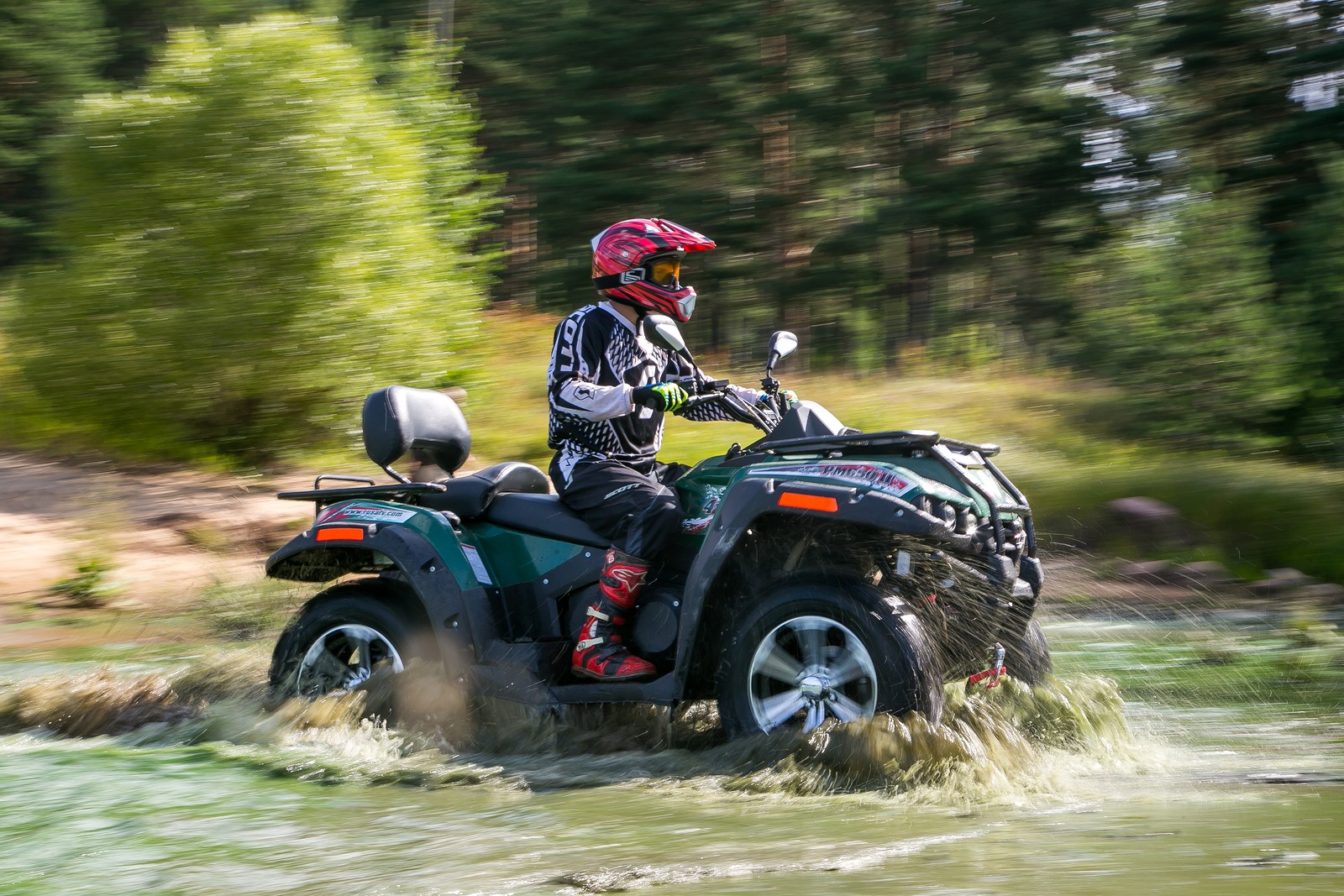Should My Child Ride ATVs, Go-Karts, or Golf Carts? Here's What Cook Children's Experts Say
Cook Children’s safety experts reported more than 600 North Texas children were treated at the medical center for serious injuries involving accidents in these types of vehicles from 2017 to 2021
Though often thrilling for children, off-road motorized vehicles — including all-terrain vehicles (ATVs), ATV mules, go-karts, and even golf carts — can be extremely dangerous for them to ride, especially if they don’t use safety measures once they get on board.
So says Cook Children’s safety experts who reported more than 600 North Texas children were treated at the medical center for serious injuries involving accidents in these types of vehicles from 2017 to 2021. Of those, more than half were between ages 10 to 14.
“It feels like almost every week we see somebody injured who fell off an ATV or rolled a golf cart,” says Dan Guzman, M.D., a pediatric emergency medicine physician at Cook Children’s. He also heads the medical center’s Aim for Safety, an educational firearm safety program designed to reduce unintentional gun-related injuries to children.
“Some come in with bumps and bruises or a broken arm, nothing significant, and they get to go home,” he says. “Then you have those who rolled the golf cart and it landed on them, and they have a severe head injury. We want to reduce and prevent these injuries and deaths by providing community awareness.”
The 625 North Texas children in Cook Children’s report suffered injuries that required treatment in acute care, intensive care, surgery or were held for observation. Of those injured, 312 were ages 10-14. Children ages 5-9 were the next highest category with 180 injured in off-road vehicle accidents.
Six children died from injuries sustained in the accidents during that time frame, according to Cook Children’s report, which included patients younger than 1 year old.
Preventing Injuries
To prevent such injuries among children, the American Academy of Pediatrics (AAP) recommends children under 16 do not drive or ride as passengers in two- and four-wheeled off-road vehicles.
If parents followed AAP guidelines, it would help, says Sharon Evans, trauma injury prevention coordinator at Cook Children’s, pointing out most injuries happened among ages 5-14 based on the hospital’s data.
“That’s a lot of kids who could avoid injuries,” Evans says.
AAP’s guidelines were determined based on the physical and developmental stages of children, Dr. Guzman says.
“What’s really important is that parents understand their kids’ developmental and decision-making skills are not fully developed and potentially place them in danger,” he says. “You wouldn’t let your 12-year-old or 14-year-old drive a car, so why let them drive a golf cart or an ATV without adult supervision?”
“And the dexterity of a 9 or 10-year-old combined with their limited experience and ability to handle a potentially powerful machine—it’s a bad combination and potentially deadly,” Dr. Guzman says. “We’re relying on them to be able to make decisions to stop or brake when there’s a fence. All these factors that we take into consideration as adults when we’re driving…kids can’t process quickly because of lack of experience and their overall development. It makes it really difficult.”
Safety Measures
Since many families allow their children to drive and ride in off-road vehicles before age 16, Dr. Guzman says the next best approach to prevent injuries is to teach them safety measures.
Besides determining whether their children are physically and mentally ready, Evans and Dr. Guzman also recommend adult supervision for children operating or traveling in off-road vehicles, as well as requiring helmets and seatbelts and using whatever safety system the vehicles have in place.
Both suggest parents think ahead before allowing their children access to these vehicles.
“Basically, it goes as fast as a car, but there are no sides. There’s nothing to protect children, especially if they’re in there with no seatbelt, no helmet, no nothing,” Evans says. “There’s always that best practice we wish every parent could do. As a parent, realize it can be deadly and set guidelines before the child even gets close to getting on it—like what the speed is going to be, how far they can go, what area they’re driving in. For example, crossing a road, be it a major one or a rural one, is still dangerous.”
The ATV Safety Institute published a Readiness Checklist to determine when children are prepared to safely handle ATVs. The checklist covers areas such as physical development; visual perception/motor development; social/emotional development; and reason and decision-making ability.
Dr. Guzman says he hopes parents understand most injuries related to off-road vehicle accidents are avoidable.
“We want to make sure families understand we’re not here to preach. We’re just giving them information and a unique perspective,” he says. “Unfortunately, what we do and what we see on a daily basis gives us a window into these tragedies that are totally preventable.”

